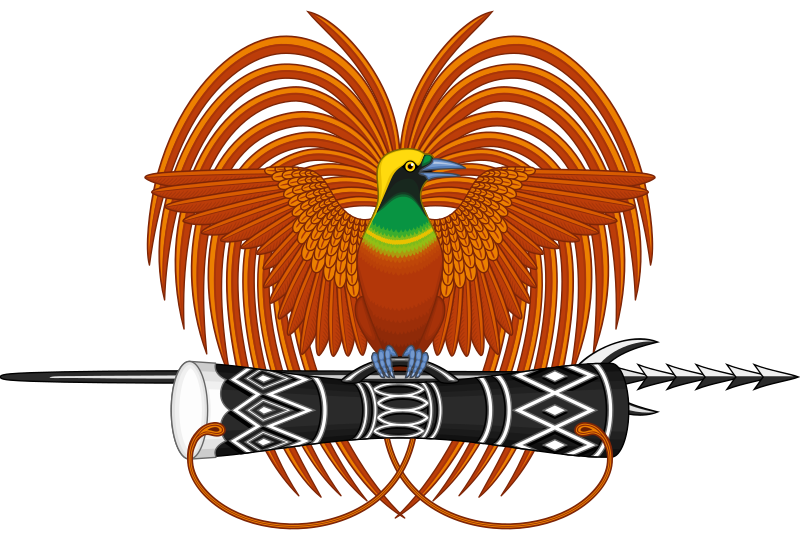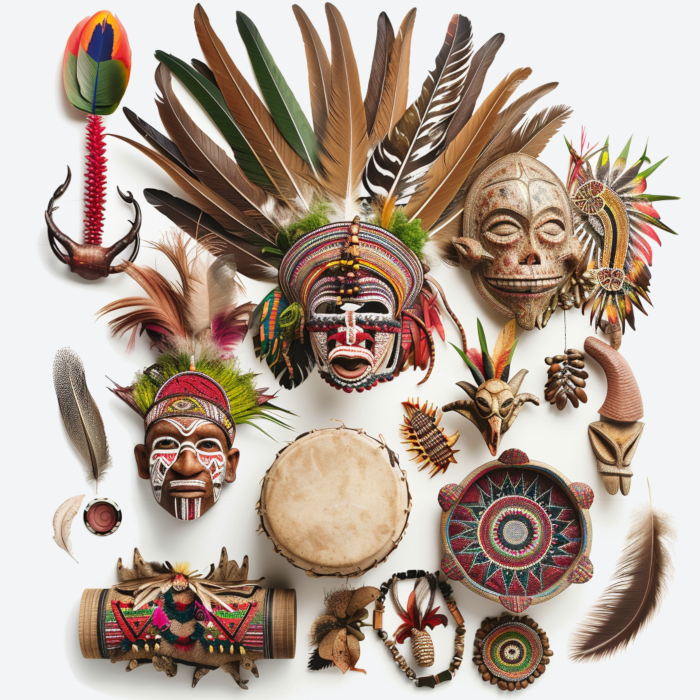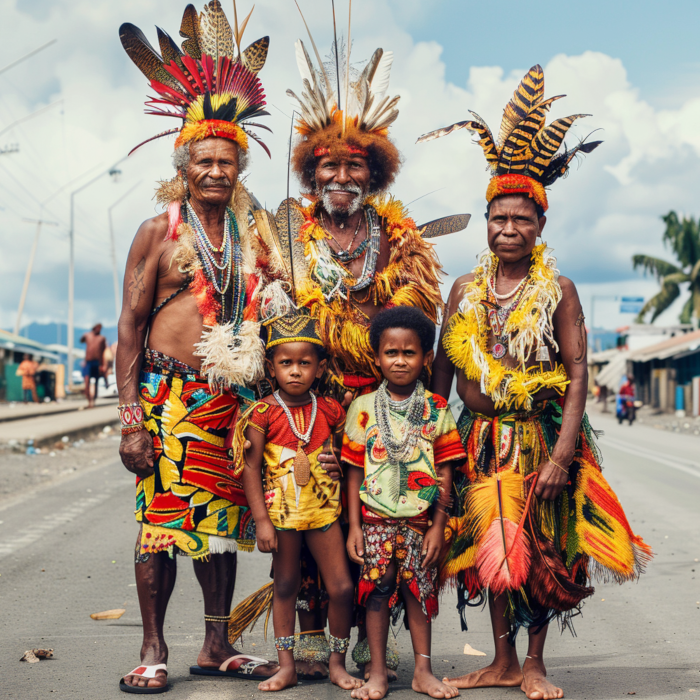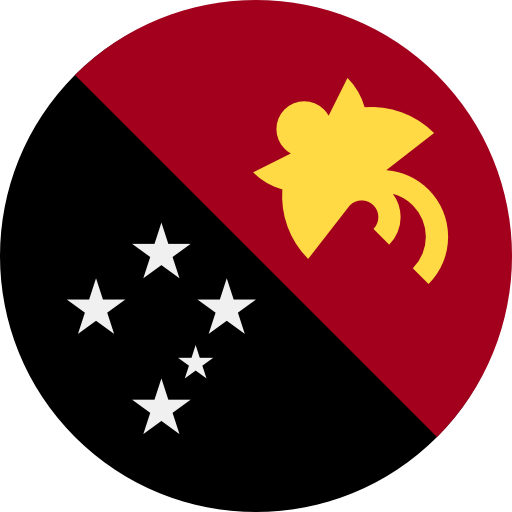About PG

Location
Papua New Guinea (PNG) is a country located in the southwestern Pacific Ocean, occupying the eastern half of the island of New Guinea, as well as numerous offshore islands.
Capital
The capital city of Papua New Guinea is Port Moresby.
Population
As of the latest estimates, Papua New Guinea has a population of approximately 9 million people, making it the most populous country in Oceania.
Area
Papua New Guinea covers a total land area of about 462,840 square kilometers (178,700 square miles), making it the 54th largest country in the world by land area.
Official Languages
Papua New Guinea has three official languages: English, Tok Pisin (Pidgin English), and Hiri Motu. English is the language of government, commerce, and education, while Tok Pisin and Hiri Motu are widely spoken as lingua francas.
Government
Papua New Guinea is a federal parliamentary representative democratic constitutional monarchy. The Queen of Papua New Guinea, currently Queen Elizabeth II, is the head of state, represented by a Governor-General. The Prime Minister is the head of government.
Independence
Papua New Guinea gained independence from Australia on September 16, 1975.
Currency
The currency of Papua New Guinea is the Papua New Guinean Kina (PGK).
Economy
Papua New Guinea has a mixed economy with agriculture, mining, forestry, and fishing as the major sectors. The country is rich in natural resources, including gold, copper, oil, gas, and timber. However, the economy faces challenges such as poverty, limited infrastructure, and a lack of skilled labor.
Natural Features
Papua New Guinea is known for its diverse and pristine natural environment, including dense rainforests, mountain ranges, rivers, and coral reefs. The country is part of the Pacific Ring of Fire and is characterized by volcanic activity and seismic events.
Culture
Papua New Guinea is one of the most culturally diverse countries in the world, with over 850 indigenous languages spoken and a rich tapestry of traditions, rituals, and artistic expressions. Traditional customs and ceremonies play a significant role in daily life, and the country is renowned for its unique tribal cultures.
Religion
Christianity is the dominant religion in Papua New Guinea, with the majority of the population adhering to various Christian denominations, including Catholicism, Protestantism, and Evangelicalism. Traditional indigenous beliefs and practices also persist in many communities.
Education
Papua New Guinea has a system of formal education, with primary, secondary, and tertiary levels of schooling. However, access to quality education remains a challenge in remote and rural areas.
International Relations
Papua New Guinea maintains diplomatic relations with countries around the world and is a member of various international organizations, including the United Nations, the Commonwealth of Nations, and the Pacific Islands Forum.
Tourism
Papua New Guinea offers unique opportunities for adventure and cultural tourism, including trekking, diving, birdwatching, and cultural festivals. However, tourism infrastructure is limited, and the industry is still developing.

National Items of Papua New Guinea
Bilum
The bilum is a traditional woven bag made from plant fibers or wool, often used to carry goods, babies, and personal items. It symbolizes the craftsmanship, practicality, and cultural identity of the people.
Huli Wigmen
The Huli Wigmen are known for their elaborate wigs made from human hair, decorated with feathers, beads, and face paint. They represent the unique cultural traditions and the importance of tribal identity.
Kundu Drum
The Kundu drum is a traditional percussion instrument used in ceremonies and celebrations. It symbolizes the musical heritage and the role of music in community events and rituals.
Sepik River Carvings
The Sepik River region is famous for its intricate wood carvings, which often depict ancestral spirits and totems. These carvings symbolize the artistic traditions and spiritual beliefs of the people.
Betel Nut (Buai)
Chewing betel nut is a widespread social practice in Papua New Guinea, often used in social and ceremonial contexts. It symbolizes hospitality, social bonds, and traditional customs.
Traditional House (Haus Tambaran)
The Haus Tambaran, or spirit house, is a traditional structure used for rituals, meetings, and community gatherings. It represents the spiritual and social life of the communities.
Bird of Paradise
The Bird of Paradise is the national bird and a symbol of Papua New Guinea's rich biodiversity and natural beauty. It represents the country's unique wildlife and environmental heritage.

This anthem reflects the pride and unity of the people of Papua New Guinea, celebrating their independence and gratitude for their country's blessings. The national anthem of Papua New Guinea is called "O Arise, All You Sons" in English, and in the local language of Tok Pisin, it is known as "O Arise, Olgeta Wantok" or "Rise up, all brothers." Here are the lyrics in Tok Pisin along with an English translation:
O arise all you sons of this land,
Let us sing of our joy to be free,
Praising God and rejoicing to be
Papua New Guinea.
Chorus:
Shout our name from the mountains to seas
Papua New Guinea;
Let us raise our voices and proclaim
Papua New Guinea.
Now give thanks to the good Lord above,
For His kindness, His wisdom, and love
For this land of our fathers so free,
Papua New Guinea.
Chorus:
Shout again for the whole world to hear
Papua New Guinea;
We're independent and we're free
Papua New Guinea.
O arise all you sons of this land,
Let us sing of our joy to be free,
Praising God and rejoicing to be
Papua New Guinea.
Chorus:
Shout our name from the mountains to the seas
Papua New Guinea;
Let us raise our voices and proclaim
Papua New Guinea.
Now give thanks to the good Lord above,
For His kindness, His wisdom, and love
For this land of our fathers so free,
Papua New Guinea.
Chorus:
Shout again for the whole world to hear
Papua New Guinea;
We're independent and we're free
Papua New Guinea.


